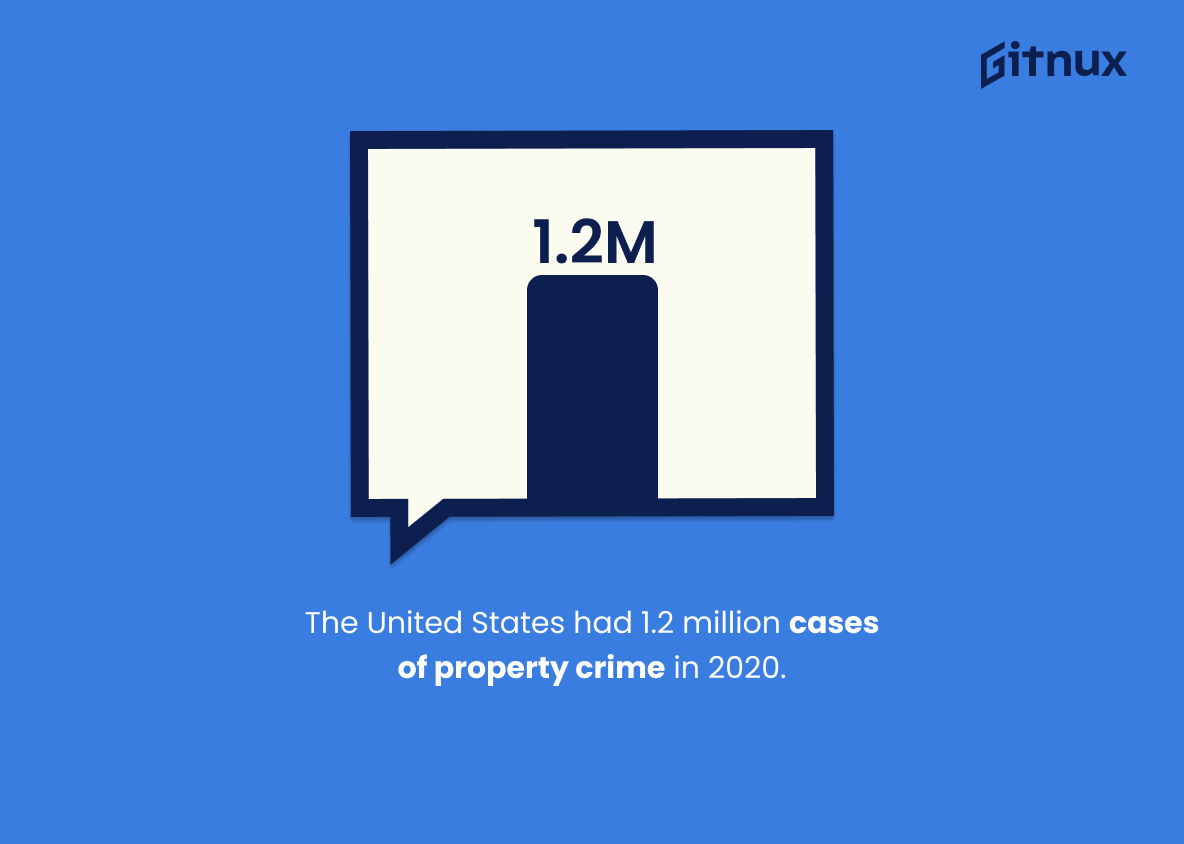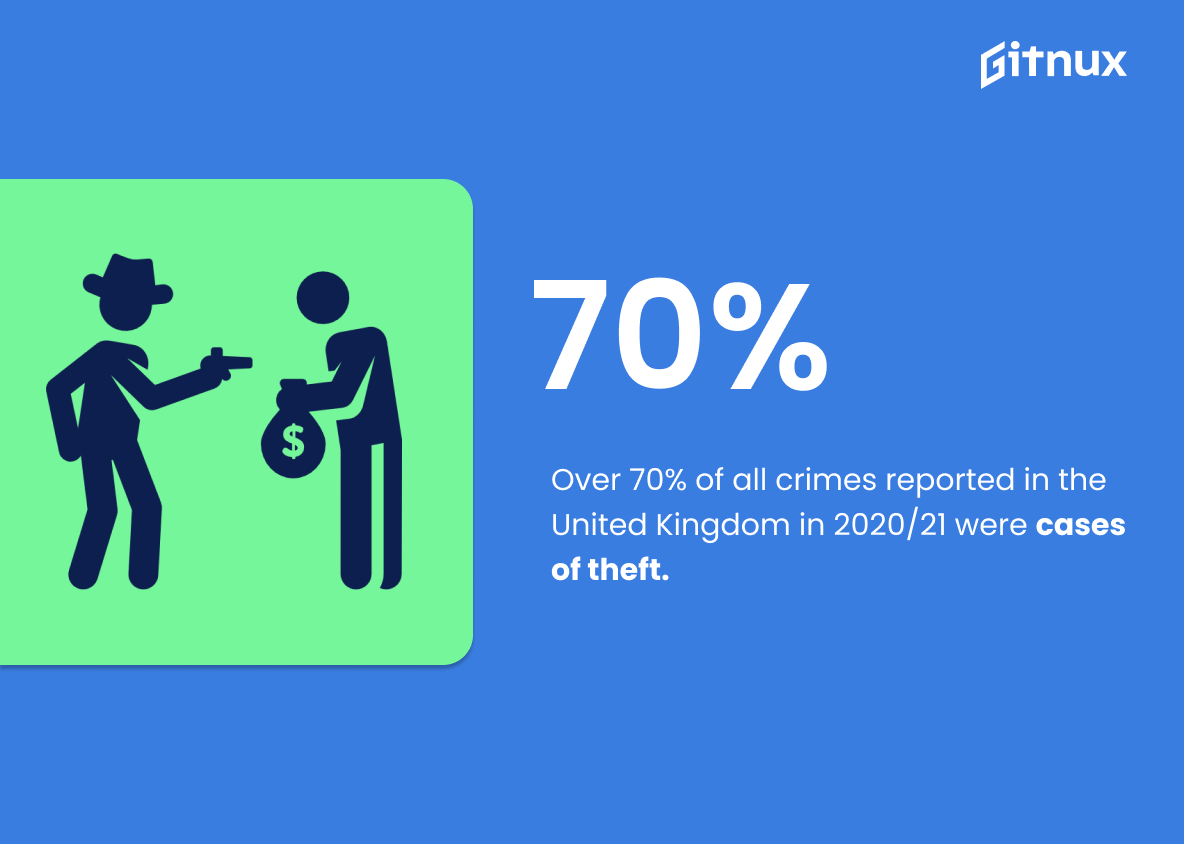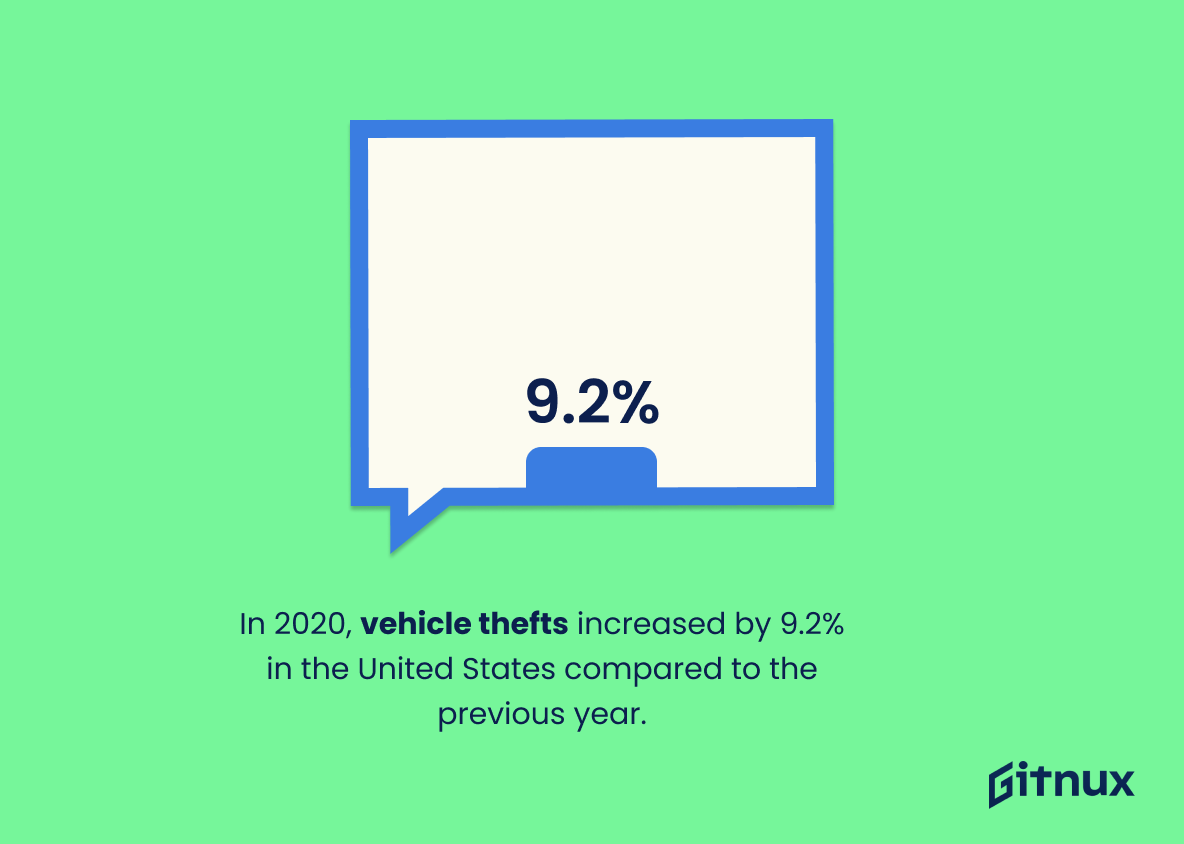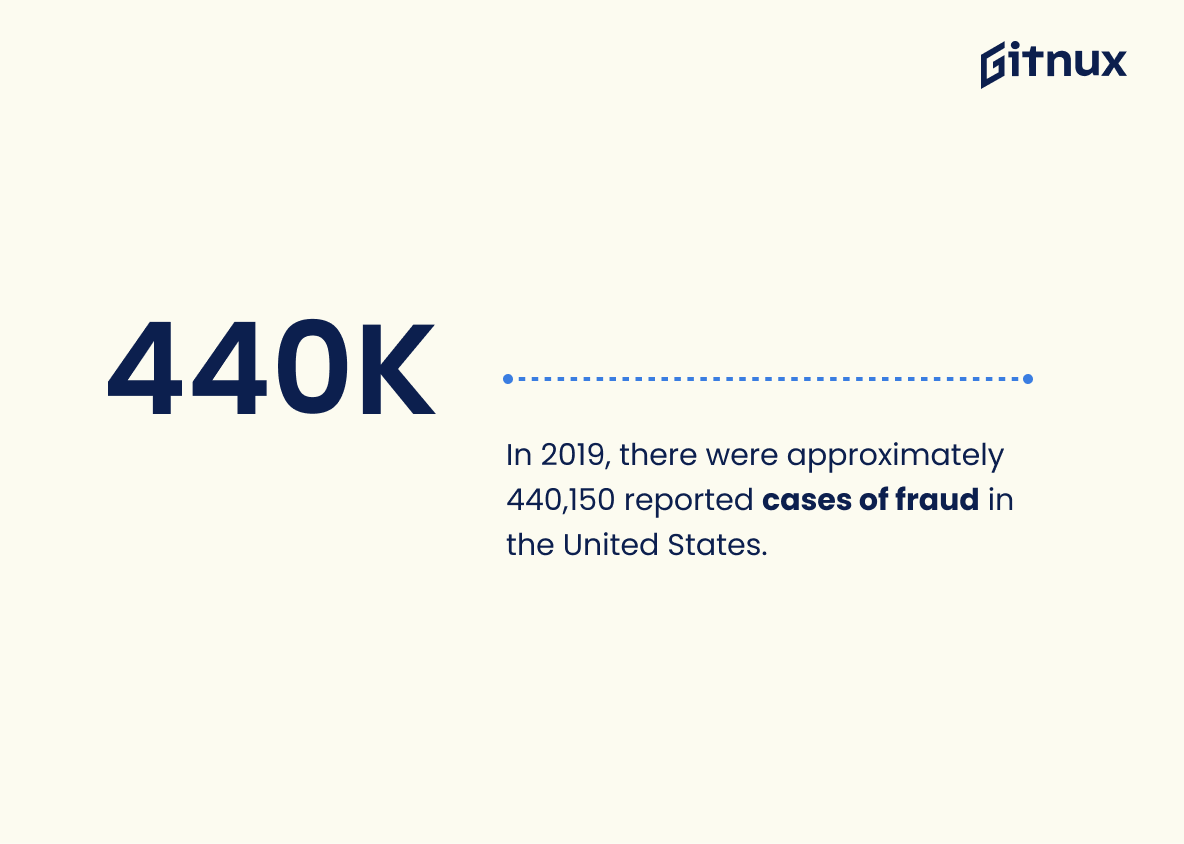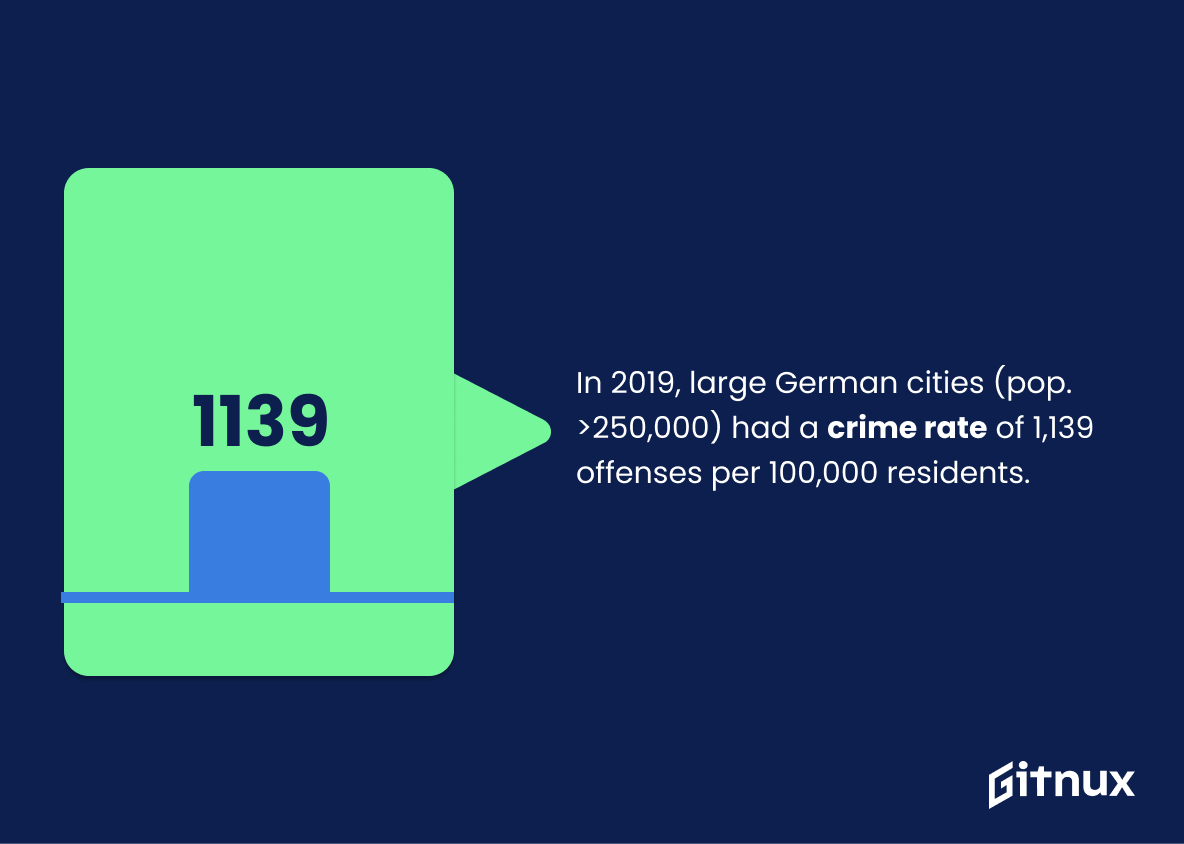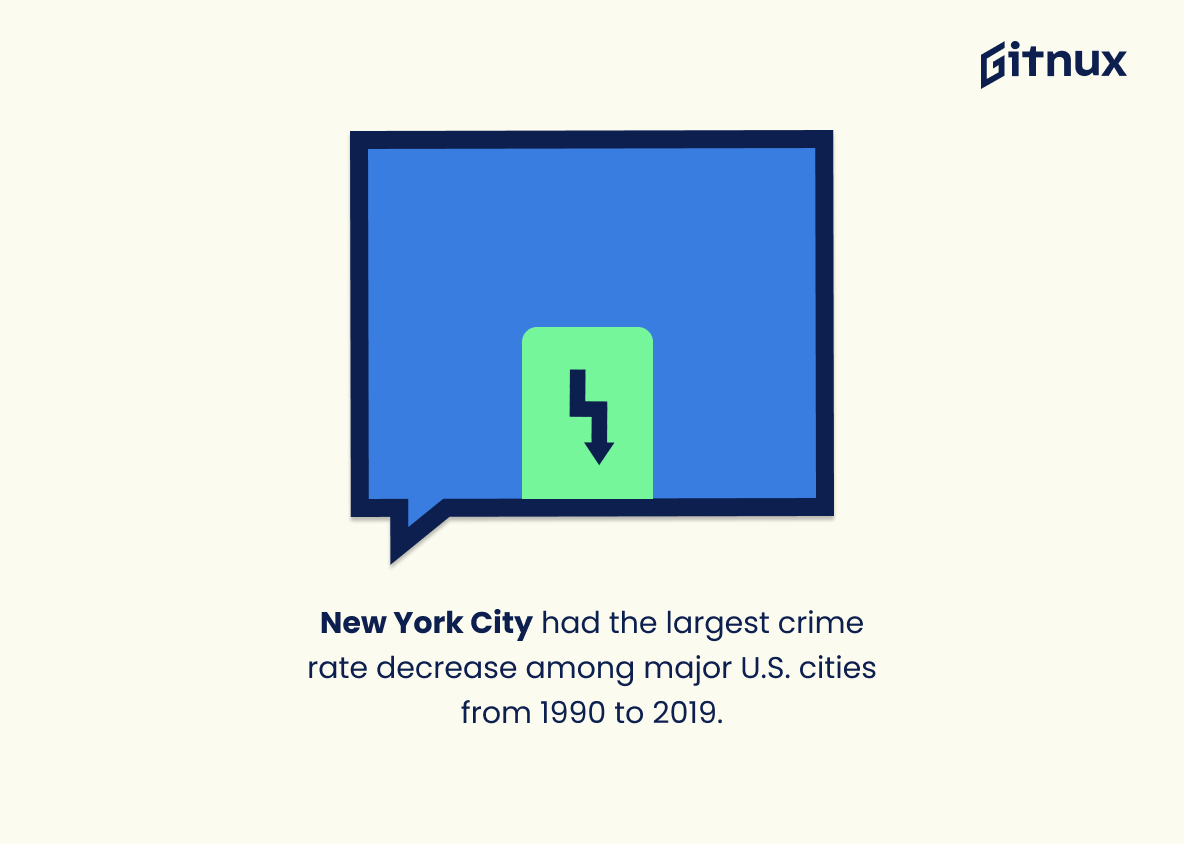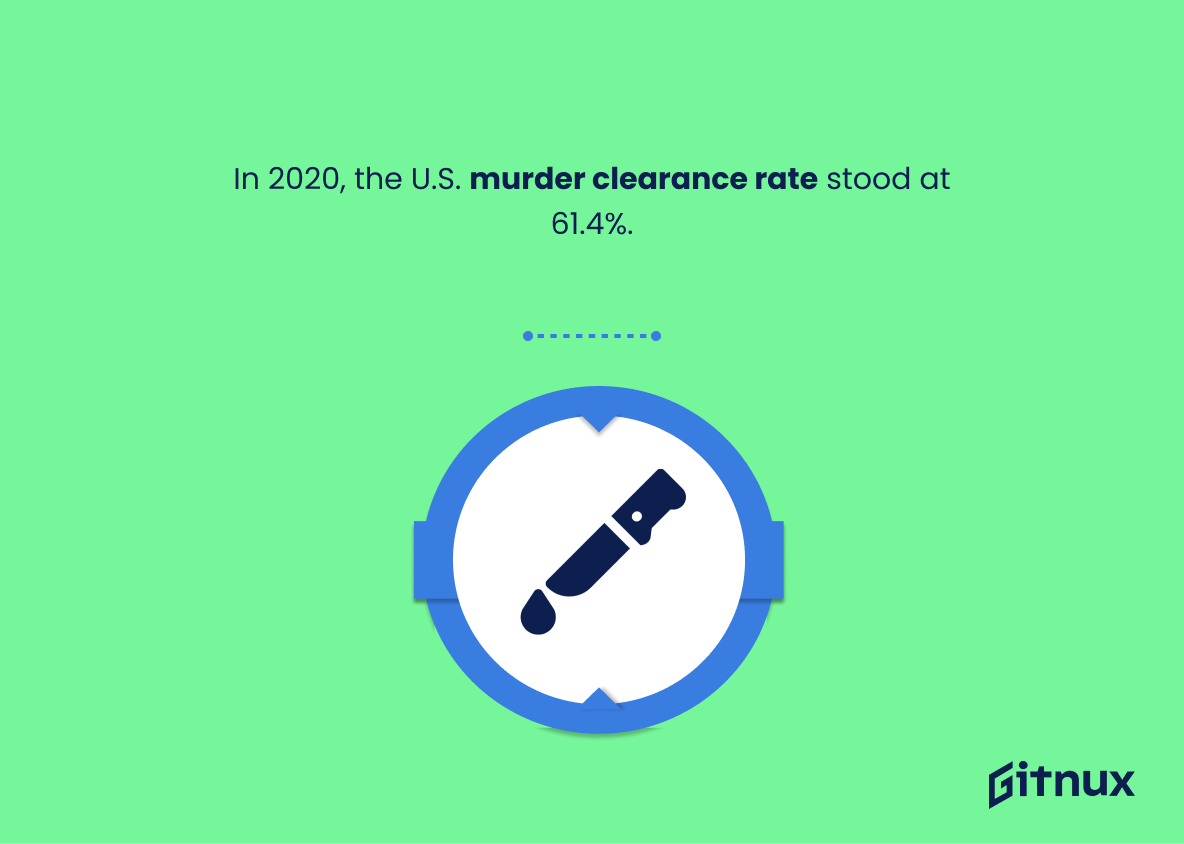Crime statistics provide a valuable insight into the state of safety and security in our world. From violent crimes to cybercrime, these numbers can help us understand how crime is affecting different countries around the globe. In this blog post, we will be looking at 20 interesting facts about crime from across the world. We’ll explore data on reported cases of robbery, property theft, homicide rates and more – all sourced from reliable sources such as Statista and UNODC. So let’s dive right in.
This statistic is a telling indicator of the state of crime in the United States in 2020. It provides a snapshot of the prevalence of crime in the country, and can be used to compare the crime rate of the United States to other countries. It is an important piece of information to consider when discussing crime statistics and the impact of crime on society.
Approximately 33.7% of violent crimes were reported to police in the United States in 2020.
This statistic is a crucial indicator of the state of crime in the United States. It provides insight into the level of trust citizens have in their local law enforcement, as well as the effectiveness of police in responding to and preventing crime. It also serves as a benchmark for measuring the progress of crime prevention initiatives and the overall safety of communities.
Crime Statistics Overview
In 2020, there were 83,791 cases of robbery in the United States.
This statistic is a stark reminder of the prevalence of robbery in the United States. It serves as a reminder that crime is still a major issue in the country, and that it is important to take steps to reduce the number of robberies. This statistic is a call to action for citizens to take a stand against crime and to work together to make their communities safer.
The United States had 1.2 million cases of property crime in 2020.
This statistic serves as a stark reminder of the prevalence of property crime in the United States in 2020. It is a sobering reminder of the need for continued vigilance and proactive measures to protect our homes, businesses, and communities from criminal activity.
In 2020, the global homicide rate was 6.1 per 100,000 population.
This statistic is a stark reminder of the prevalence of homicide in the world today. It serves as a reminder that, despite advances in technology and law enforcement, violence and death remain a reality for many people around the world. This statistic is a call to action for governments and citizens alike to take steps to reduce the number of homicides and create a safer world for all.
In 2020, South Africa had the highest rate of reported sexual assault crimes per capita, with 127.5 cases per 100,000 population.
This statistic is a stark reminder of the prevalence of sexual assault in South Africa, and serves as a call to action for the government and citizens alike to take steps to reduce the rate of sexual assault in the country. It is a reminder that sexual assault is a serious issue that needs to be addressed, and that the safety of citizens should be a priority.
In 2019, Brazil had the highest number of homicides in the world, with around 39,776 cases.
This statistic is a stark reminder of the devastating impact of crime on Brazil. It highlights the urgent need for effective crime prevention strategies to be implemented in order to reduce the number of homicides in the country. It is a call to action for governments, law enforcement, and citizens to work together to create a safer environment for all.
Over 70% of all crimes reported in the United Kingdom in 2020/21 were cases of theft.
This statistic is a stark reminder of the prevalence of theft in the United Kingdom. It highlights the need for greater awareness and prevention of theft, as well as the need for more effective law enforcement to tackle this issue. It is also a reminder of the importance of understanding the full scope of crime in the UK, and the need to ensure that all crimes are reported and taken seriously.
In 2020, vehicle thefts increased by 9.2% in the United States compared to the previous year.
This statistic is a stark reminder of the reality of crime in the United States. It highlights the need for increased vigilance and security measures to protect citizens from the threat of vehicle theft. It also serves as a warning to those who may be considering purchasing a vehicle, as it demonstrates the potential risks associated with owning a vehicle.
In 2019, there were approximately 440,150 reported cases of fraud in the United States.
This statistic is a stark reminder of the prevalence of fraud in the United States. It serves as a reminder that fraud is a serious issue that needs to be addressed, and that it is a problem that affects many people. It is also a reminder that crime statistics are an important tool for understanding the scope of the problem and for developing strategies to combat it.
In 2019, cities with a population of over 250,000 experienced a crime rate of 1,139 offenses per 100,000 people in Germany.
This statistic is a telling indication of the state of crime in Germany’s cities with a population of over 250,000. It provides a snapshot of the prevalence of crime in these areas, and can be used to compare the crime rate in different cities. This information can be used to inform policy decisions and help identify areas that may need additional resources to reduce crime. Additionally, this statistic can be used to inform the public about the crime rate in their city, allowing them to make informed decisions about their safety.
Between 2001 and 2021, homicide rates in Mexico spiked from 10.5 to 29.1 per 100,000 people.
This statistic paints a stark picture of the reality of crime in Mexico, highlighting the dramatic increase in homicide rates over the past two decades. It serves as a reminder of the urgent need to address the issue of crime in Mexico and the devastating impact it has had on the lives of its citizens.
In 2020, Japan had a crime rate of just 3.3 per 100,000 people among OECD countries.
This statistic is a testament to the effectiveness of Japan’s crime prevention strategies. It is a shining example of how a country can maintain a low crime rate, even among other countries with similar economic and social conditions. This statistic is a reminder that crime prevention is possible, and that it is worth investing in.
New York City had the largest decrease in both violent and property crime rates among U.S. cities with a population of 250,000 or more between 1990 and 2019.
This statistic is a testament to the hard work of law enforcement and city officials in New York City to reduce crime rates. It is a powerful reminder that with the right strategies and dedication, it is possible to make a difference in the safety of a city. This statistic is also a great example of how crime rates can be reduced in other cities with similar populations, and it can serve as a source of inspiration for other cities to follow suit.
In Australia, there was an average of 54.4 victims of robbery per 100,000 people in 2020.
This statistic is a stark reminder of the prevalence of robbery in Australia in 2020. It serves as a reminder that crime is still a major issue in the country, and that more needs to be done to reduce the number of robberies. It also highlights the need for better security measures and improved law enforcement to ensure the safety of citizens.
In Canada, there were approximately 687 police-reported cybercrime incidents per 100,000 people in 2019.
This statistic is a stark reminder of the prevalence of cybercrime in Canada. It highlights the need for increased awareness and prevention of cybercrime, as well as the need for improved law enforcement measures to combat it. It also serves as a reminder that cybercrime is a real and growing threat, and that Canadians should take steps to protect themselves from it.
In 2020, the clearance rate for murder and non-negligent manslaughter in the United States was 61.4%.
This statistic is a telling indicator of the state of crime in the United States. It reveals that, despite the efforts of law enforcement, a significant portion of murder and non-negligent manslaughter cases remain unsolved. This statistic is a reminder that there is still much work to be done in order to ensure justice is served and that the safety of citizens is maintained.
Conclusion
The data presented in this blog post paints a clear picture of the state of crime around the world. In 2020, the United States had a crime rate of 366.7 per 100,000 people and approximately 33.7% of violent crimes were reported to police in that same year. Additionally, there were 83,791 cases of robbery and 1.2 million cases property crimes reported in 2020 alone across America as well as an estimated 45% percent all violent crimes committed by acquaintances during 2019/2020 period respectively . Globally speaking ,the homicide rate was 6.1 per 100 000 population with South Africa having highest number 127 5 cases per capita while Brazil recorded 39 776 homicides making it have highest number globally .In Europe drug related offences remain most common type accounting for 35 %of all reported incidents whereas cybercrime losses are estimated at nearly $1 trillion worldwide . Finally , New York City experienced largest decrease both on violent and property rates among US cities with over 250 000 inhabitants between 1990-2019 while clearance rate for murder & non negligent manslaughter stood at 61 4%.
References
0. – https://www.50.statcan.gc.ca
1. – https://www.statista.com
2. – https://www.ucr.fbi.gov
3. – https://www.unodc.org
4. – https://www.worldpopulationreview.com

